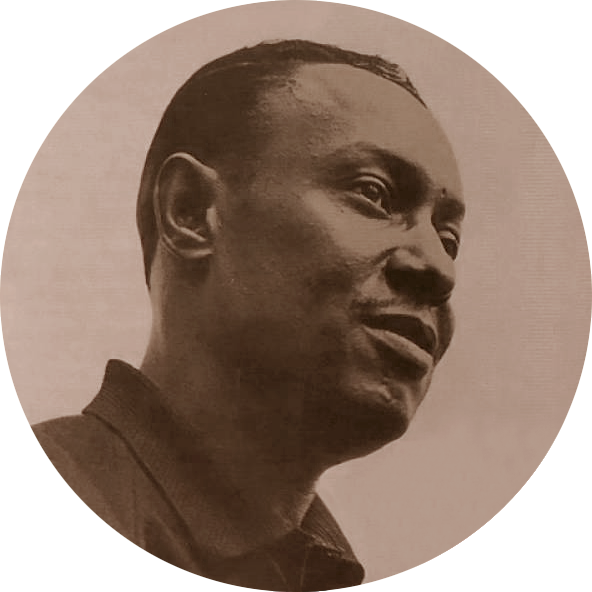
Eddie Boyd, a proud, outspoken artist, channeled the injustices and mistreatment he experienced and witnessed into memorable songs that embodied the heartaches and outrage of the blues. During his years singing and playing piano in the Southern United States, Chicago, and Europe, he learned how to entertain audiences with more upbeat blues as well, but his legacy is more widely hailed for the themes of hard times and troubled affairs in his three chart hits, “Five Long Years,” “24 Hours,” and “Third Degree.”
Born November 25, 1914, on Frank Moore’s plantation near Stovall, Mississippi, Boyd was childhood friends with Muddy Waters. He worked the cottonfields when he had to, but after learning enough piano he began traveling the route of Highway 61 from the Mississippi Delta through Memphis, Arkansas, and Missouri playing at boarding houses and nightspots, and worked with a band in Memphis for a few years. In 1941 he headed for Chicago, where he hooked up with Big Maceo, John Lee “Sonny Boy” Williamson, and others. He made his first records for RCA Victor in 1947 but his classic hit “Five Long Years” came with a much smaller label, J.O.B., in 1952. Two hits followed on Chess Records in 1953, but his relationship with the company was contentious, and he never had another hit despite coming up with more fine material on singles for Chess, Bea & Baby, and other labels.
Finding a welcoming atmosphere in Europe when touring with the 1965 American Folk Blues Festival, Boyd decided to stay and leave behind his battles with American racism and record business practices. He lived and performed in several countries, finally settling in Helsinki, Finland, where he was a vital force in generating interest in the blues. He recorded over a dozen albums for European labels, and collections of his vintage Chicago sides were also compiled in Europe and Japan; the only albums of his work ever issued in the U.S. were reissues of the foreign releases, including some historic sides with Peter Green and Fleetwood Mac. He visited the U.S. on occasion and although he believed America had improved, he continued to live with his wife in Helsinki, where he died on July 13, 1994.
